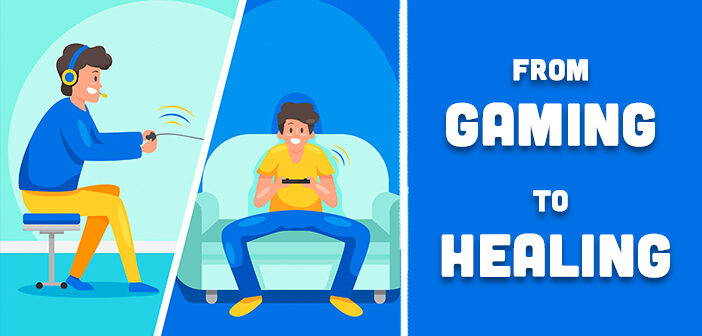Although virtual reality (VR) technology has been around for a while, its use in physical therapy and rehabilitation has lately come into the limelight. This technology has the potential to enhance patient outcomes and boost the efficiency of physical therapy and rehab services. This blog article will discuss the possible advantages of using VR technology in physical therapy and rehabilitation.
What is Virtual Reality?
Virtual Reality is the use of computer technology to create a simulated environment. It enables people to engage with a virtual world in a way that feels immersive and real. Although this technology is frequently utilized in gaming, it is also employed in a wide range of other industries, including education, entertainment, and even certain medical specialties like physical therapy and rehabilitation.
The use of virtual reality technology in physical therapy and rehabilitation has many advantages that include:
Increased Motivation and Engagement: When compared to conventional physical therapy and rehabilitation exercises, virtual reality environments might be more engaging and motivating for patients. Patients may be more motivated to engage in therapy sessions if they can fully immerse themselves in a virtual world and interact with it.
Reduced Pain and Discomfort: Virtual Reality technology helps reduce pain and discomfort during physical therapy. By distracting patients, VR technology helps them cope with their pain and allows them to tolerate intensive and effective therapy sessions.
Enhanced Accessibility: Thanks to virtual reality technology, patients in isolated locations can receive physical therapy and rehabilitation now! This broadens access to rehabilitation programmes, thus improving patient outcomes.
Applications of virtual reality in physical therapy and rehabilitation
Stroke Rehabilitation: Virtual reality has been proven to be useful in the rehabilitation of stroke victims. Patients can practice movements and daily tasks in a simulated environment using VR technology. Their coordination, dexterity, and motor skills can all be enhanced by doing this.
Pain Management: Virtual reality technology can be utilized to lessen the need for painkillers and help manage chronic pain. Patients can be taken to a virtual environment where they can engage in pain-relieving exercises and activities.
Orthopedic Rehabilitation: The use of virtual reality in orthopaedic rehabilitation can aid patients in recovering from injuries. In a simulated environment, patients can practice movements and activities that can enhance their range of motion, strength, and stability.
Physical Therapy for Neurological Illnesses: Virtual reality technology treats neurological conditions like Parkinson’s disease and helps improve motor function and balance. Therapists can customize movements and patients can practice them in a virtual environment.
Conclusion
Virtual Reality technology ensures good results in rehabilitation and physical therapy. It greatly improves patient outcomes in less time. This technology can enhance motivation and engagement, offer real-time feedback, be customized and adaptive to a patient’s needs, lessen pain and improve comfort, and increase accessibility to rehabilitation services. AS VR technology is ever-evolving, the use of rehab and physical therapy will also be widespread.

